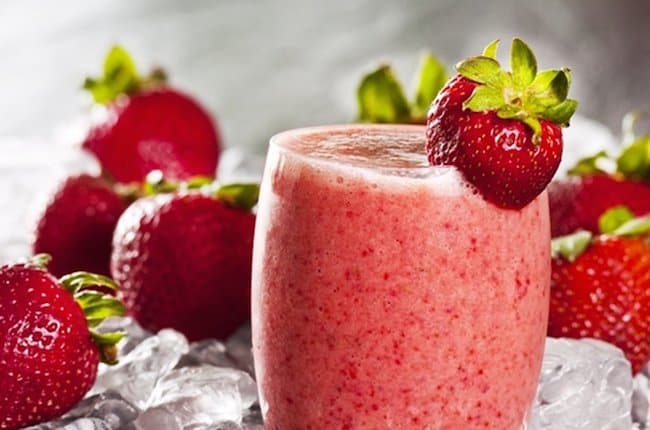
Many store bought smoothies are promoted as a healthy option that will boost your nutrition and add valuable nutrients to your diet. Whilst it is true that these types of smoothies often contain some form of fruit and possibly a few other nutritious ingredients, unfortunately in most cases they are packed full of calories.
In fact some smoothies can give you more calories that you should be consuming in an average meal and often they are consumed as a snack between meals. Many store made smoothies are large in size and more often than not contain high sugar added ingredients such as ice cream, frozen yogurt, honey and syrups all of which contribute to their overall calorie content.
If you are a fan of smoothies, the healthiest option is usually to make it yourself, meaning that you have total control over the ingredients that are going in. By choosing the right ingredients, smoothies can be a healthy addition to your diet and provide valuable nutrients without overloading you with calories.
Here are some tips for making healthy smoothies at home.
1. Choose the right base ingredient
The base ingredient of a smoothie can vary from milk, milk alternatives, yogurt or fruit juice, so it is important to choose the healthiest alternative. If you are going for a dairy based smoothie, choose the lowest fat versions of milk or yogurt in order to get the valuable calcium and protein, but limit fat and calories. If you prefer a dairy free approach the same applies to drinks such as soy milk.
When choosing dairy alternatives, try to find those without added sugar or with sugar further down the ingredient list and be aware that soy, almond and rice milk generally do not contain as much calcium as normal milk, so look for fortified versions.
The ideal level for calcium is 120mg per 100ml of the product, which is common in soy milk, but not always present in almond and rice versions.
If you are basing your smoothie on fruit juice, choose a 100% juice product with no added sugar, but be aware that juice is a naturally concentrated form of fruit sugar and has a fair few calories.
A smoothie made with half juice, half water may be a viable low calorie alternative as the other fruit will provide plenty of flavour anyway.
2. Choose healthy thickeners
If you prefer a thicker smoothie, it is important to choose healthier thickening options as these can add a lot of calories and fat. Steer clear of ice cream, frozen yogurt, full fat and sweetened yogurt and opt instead for low or no fat natural yogurt, ice, or even just rely on fruit to thicken.
Bananas in particular tend to produce a thick smoothie and any fruit that has been frozen before adding will help to thicken as well.
3. Don’t add extra sweeteners
Fruit is naturally very sweet and contains plenty of sugar. This means that generally if you fruit is ripe, there should be no need to add extra sugar that means adding extra calories.
Avoid using sweetened products such as yogurt and remember that even more natural sugars such as honey contain just as many calories.
4. Flavor naturally
Many store made smoothie use syrups, fruit in sugary syrup and even artificial flavours to make your smoothie taste like a fruit. There is really no need to do this and it adds a lot of calories and sugar that are unnecessary. Choose ripe, in season fruit to give your smoothie the best flavour.
If your favourite flavour is out of season, try using frozen ingredients such as berries as these are packed with taste and don’t contain many calories. They can even help thicken the smoothie if used frozen.
If you are in the mood for a bit of chocolate, add a little unsweetened cocoa powder to a banana or berry smoothie for a chocolate hit that is lower in calories.
5. Add fibre
Although the fruit in smoothies gives a fair amount of fibre, you can always add more in the form of oats, natural muesli, nuts or seeds. These can be blended up in the mix or sprinkled on top and eaten with a spoon.
Fibre helps to fill you up and is therefore good for appetite control and may assist you in eating less and it is also good for heart health.
Be aware that adding these fibrous additions to smoothies will increase the calorie count, so this type of smoothie may be more suitable as a meal replacement, i.e. for breakfast on the go, instead of a mid-meal snack.
6. Add nutrients
Varying the type of fruit you use in a smoothie gives a wider variety of vitamins and minerals and using a calcium rich base or thickener gives a good hit of this nutrient. However, it is possible to add even more nutrition to your smoothie.
Avocados and nut butters add calories, but also give a boost of nutritious healthy fats that are good for your heart, whilst unsweetened cocoa nibs or cocoa powder add antioxidants and give that chocolate flavour you crave. A less obvious nutritious addition to smoothies is finely chopped spinach.
This gives a boost of iron and other nutrients and has very little effect on the flavour of the smoothie, although the colour may be less attractive. Add to a smoothie that contains vitamin C such as one with citrus fruits as this helps the uptake of iron from this plant source.
Adding seeds and nuts such as linseed and flaxseed to smoothies may also provide healthy omega 3 fatty acids as well as fibre; just make sure to grind them finely in a coffee grinder before using so as to avoid a gritty smoothie.
Many smoothie outlets offer ‘boosters’ or ‘enhancers’ that can be mixed into smoothies for apparent added health benefits. However, there is little conclusive evidence that substances such as gingseng, aloe vera and bee pollen have any health benefits, particularly in these small amounts.
7. Watch portion size
Smoothies often pack such a calorie punch due to their huge size. It is rare you would eat three bananas, a tub of yogurt, two glasses of milk, and a couple of spoons of muesli with added sugar as a meal, let alone as a mid meal snack.
Think about what purpose your smoothie serves and then add the ingredients that make an appropriate portion size. For example for a snack, ½ a cup of milk and yogurt each and one banana, or for a breakfast shake, a banana with slightly more milk and yogurt, a tablespoon of berries and a table spoon of oats or muesli.

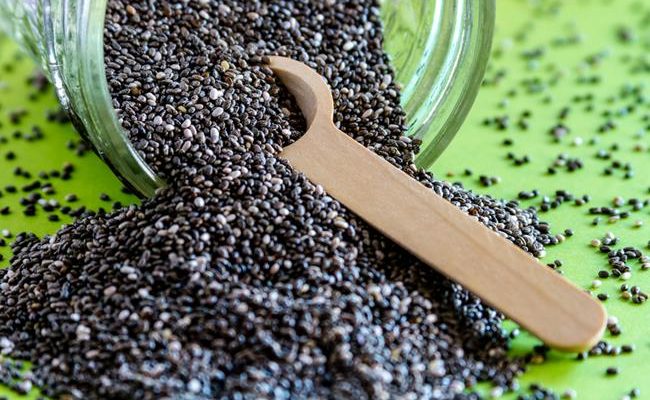


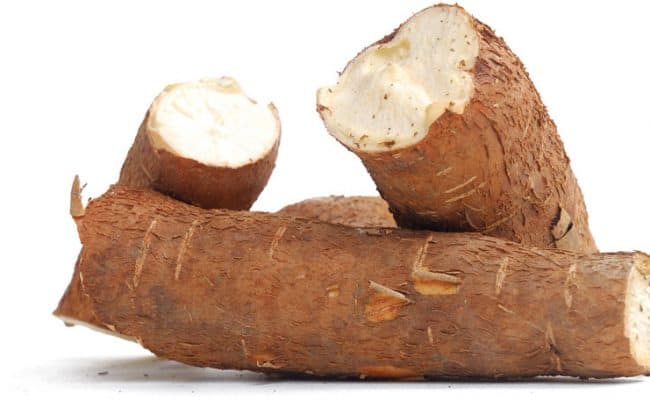
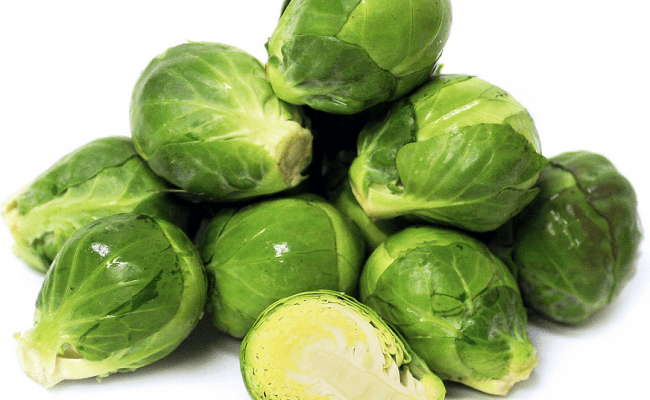

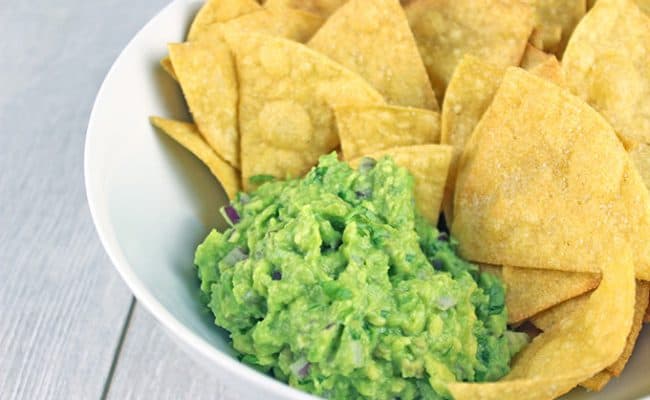
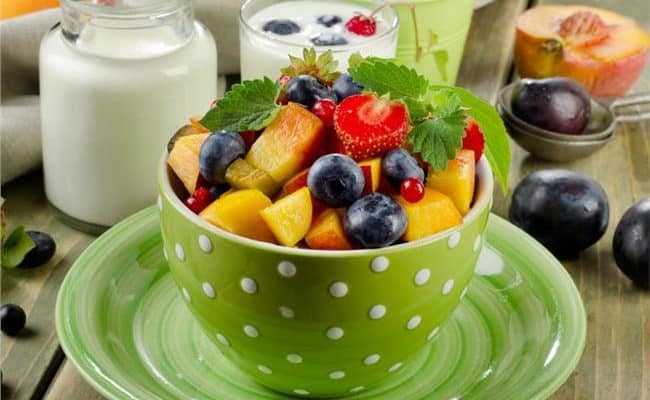


Lynda says
Hi my name is Lynda, I found this site very useful giving lots of advice but I wanted to know how much fruit of say” Blackberries or Raspberries is a portion size. I have Emphasima and been advised to eat lots of portions of different fruits, but I’m not sure what a portion size is
Thank you